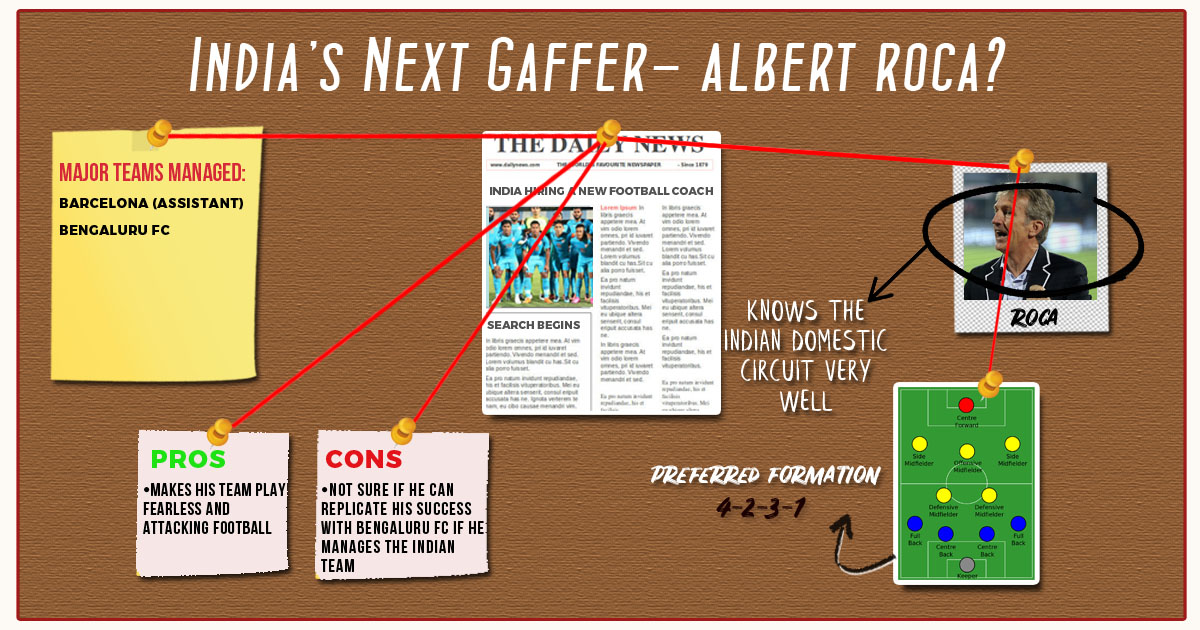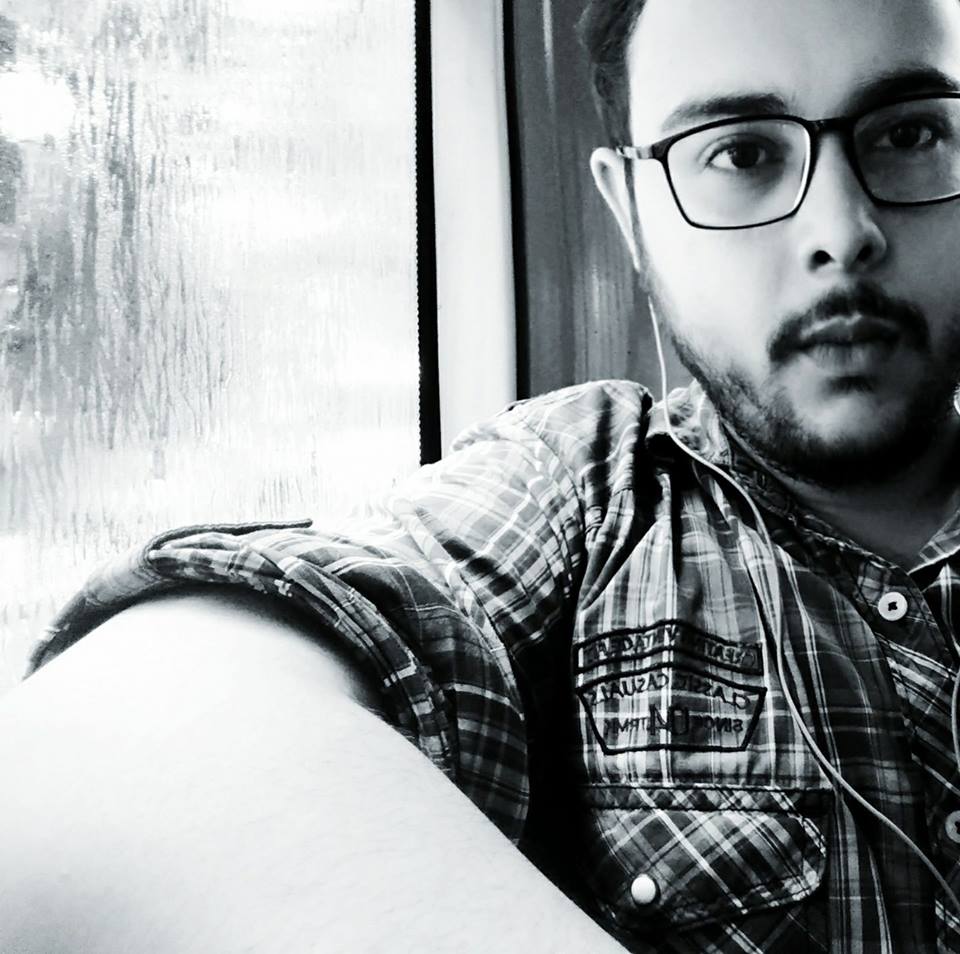India’s next manager | Under the scanner – Albert Roca

With the AIFF technical committee finally closing in on the much-awaited technical director this week, the national coach is definitely up on the cards next. With numerous candidates applying for the post as well, we would be discussing the pros and cons of appointing fan-favourite Albert Roca.
Claim to Fame
Though the Spaniard is known at the international level for his vast knowledge and outstanding merit, wherein he has been the national coach of El Salvador and Saudi Arabia, a university professor in sports and physical activity sciences, a specialist in sports psychology, and even the assistant coach of Frank Rijkaard during his time in Turkey, Roca hogged all the limelight in India only after taking up the job for Bengaluru FC.
Under his management, the Blues went onto win the first edition of the Super Cup, finished as the runner-up in the India Super League in 2017-18, become the first team from India to reach the final of the AFC Cup, and win the 2016-17 edition of Federation Cup. With Bengaluru FC, he had an average of 2.10 points per match and he managed just 59 of them, which made him one of the more successful gaffers of the country in his two-year contract.
Hence, despite the high profile names like Sven-Goran Eriksson, Lucas Alcarez Gonzalez, Lee Clark, Raymond Domenech, Sam Allardyce, Giovanni De Biasi, and many more being linked to the post, AIFF could very well opt for the Spaniard for his sheer acquaintance with the Indian style of football and their players.
Preferred setup
Like most managers at the international level, Roca, too, has preferred the safer harbor of 4-2-3-1 when it came to form his side. During his time with Bengaluru FC too, the Spaniard was seen deploying a two-man midfield behind a playmaker to fetch the maximum from his team and has been relatively successful as well. When he had to tweak things, he would stick with a 4-3-3 defensive setup more often and rarely experiment with a 4-1-4-1 or even a 4-4-2 double 6 formation for that matter.
How can his ideas fit in India
If there is one team in the Indian Super League, whose only plan is to go on ruthless counter-attacks and with relentless pace, it has to be Bengaluru FC. Carles Cuadrat might have given fruition to the tactics this season but it was Roca who had pioneered it. While an ATK or a Chennaiyin FC have a predominantly defensive setup with their main weapon being dangerous from set-pieces or in the air, and FC Goa has their subtle visionaries from the deep and the attacking midfield being buoyed by classy finishers, Bengaluru’s has been a trial and error method.
Relying on hard work and persistent run at the opponent’s defence, Roca enabled his side to fear no one with his forwards not scared to take chances, regardless of their opponent, which their glorious AFC Cup campaign proper reflects.
However, as exhilarating as Bengaluru FC’s attacks look to the Indian fans, imitating the same on the Indian setup is tough. If followed closely, the midfield triangle – which comprised of the two holding midfielders and one playmaker in the attacking hole, Roca hardly relied on any Indian. While Erik Paartalu and Dimas Delgado formed the deep-lying midfielders, Edu Garcia and Toni Dovale swapped places in the creating role. Hardly was the Spaniard seen fielding a Lenny Rodiguez or a Boithang Haokip, in any of the three points of his midfield triangle.
Hence, when he would need to execute the same on an Indian setup, his chances of getting the desired outcomes are sceptical. While 4-3-3 doesn’t see much of a problem from the emerging Indian players, which involve fast wingers happy to run at defences without a worry in the world, Roca doesn’t really have the experience under his hat to make it work in any other setup other than his preferred one.
Verdict
Despite the tactical naiveté that Roca possesses over most of his competitors for the post of the national coach, he has one thing the others don’t – experience of the Indian calendar. Since 2017, the national team has played only 16 matches including the friendlies and while the AIFF is working towards congesting the calendar in the coming years, Roca’s knowledge of it makes his job easier. Managing an I-League club, which eventually went on to become an ISL club, the Spaniard is very much alert to the lesser number of training days he would be getting with the national squad and at what time of the year.
Not only will the timing help him to plan better, but also his inside out knowledge of the BFC team. Hardly anyone would disagree that the Indian team would have 60 percent of their players from Bengaluru FC. With Sunil Chhetri as the forward, Udanta Singh as a winger, Gurpreet Singh Sandhu as the custodian, and Rahul Bheke and Nishu Kumar in the defence, Bengaluru are a huge source of talent for the Indian team. Even Lenny, before moving to Goa, played under Roca with the Spaniard knowing his strengths well, which makes him an ideal candidate for the job at least in terms of putting up with the transition faster.
The faster the transition means the better chances for the national team to leap up the spots especially after the introduction of ELO ranking system. The team has been scheduled to play the four-nation Kings Cup in Thailand in June, where apart from the hosts the Blue Tigers would play Vietnam and Curacao, both of whom are above India on the rankings.
Roca has been a popular choice among Indian fans, especially after his successful stint with Bengaluru FC. And with the FIFA 2022 qualifiers around the corner, AIFF would actually want someone at helm to produce results without wasting any time. However, for the longer run, the Blue Tigers would need an organized system with the ISL feeding to its needs, a demand that an inexperienced Roca mightn’t fulfill.
